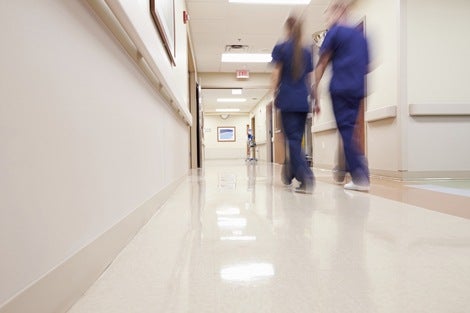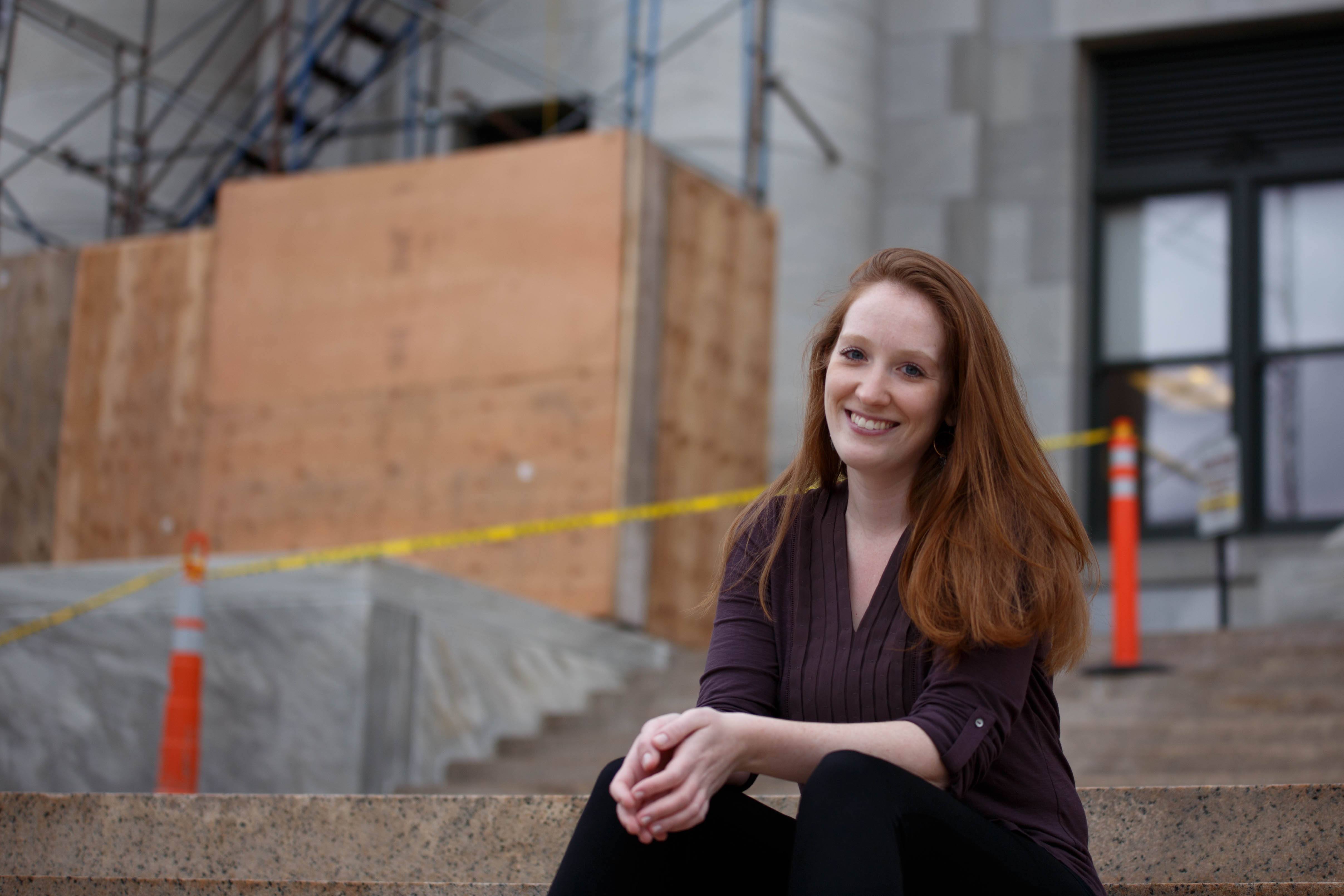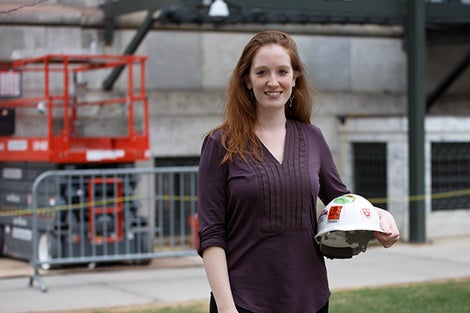Defining a systems framework for characterizing physical work demands with wearable sensors.
Stirling L, Acosta-Sojo Y, Dennerlein JT.
Ann Work Expo Health. 2024 Apr 10. PMID: 38597679
Stirling L, Acosta-Sojo Y, Dennerlein JT.
Ann Work Expo Health. 2024 Apr 10. PMID: 38597679
Peters SE, Gómez ML, Hendersen G, Maldonado MM, Dennerlein J.
J Occup Environ Med. 2024 Apr 08. PMID: 38595081
Astrologo AN, Nano S, Klemm EM, Shefelbine SJ, Dennerlein JT.
Appl Ergon. 2024 Apr. 116:104183. PMID: 38071785
Jetha A, Bakhtari H, Rosella LC, Gignac MAM, Biswas A, Shahidi FV, Smith BT, Smith MJ, Mustard C, Khan N, Arrandale VH, Loewen PJ, Zuberi D, Dennerlein JT, Bonaccio S, Wu N, Irvin E, Smith PM.
Am J Ind Med. 2023 10. 66(10):815-830. PMID: 37525007
Lee JH, Asakawa DS, Dennerlein JT, Jindrich DL.
PLoS One. 2022. 17(4):e0267620. PMID: 35442988
Kia K, Bae HT, Johnson PW, Dennerlein JT, Kim JH.
Ergonomics. 2022 Dec. 65(12):1696-1710. PMID: 35257643
Peters SE, Dennerlein JT, Wagner GR, Sorensen G.
Lancet Public Health. 2022 02. 7(2):e188-e194. PMID: 35122760
Yerebakan MO, Hu B, Barbir A, Lin MYC, Dennerlein JT.
Work. 2022. 71(4):1183-1191. PMID: 35253690
Dennerlein JT, Eyllon M, Garverich S, Weinstein D, Manjourides J, Vallas SP, Lincoln AK.
J Occup Environ Med. 2021 12 01. 63(12):1052-1057. PMID: 34238907
Peters SE, Grogan H, Henderson GM, López Gómez MA, Martínez Maldonado M, Silva Sanhueza I, Dennerlein JT.
Int J Environ Res Public Health. 2021 09 28. 18(19). PMID: 34639475
Harvard Chan School researchers explored the implications of the COVID-19 pandemic for the future of work and worker safety, health, and wellbeing, in a Lancet Public Health article.
November 7, 2016—The Center for Work, Health and Wellbeing at Harvard T.H. Chan School of Public aims to find new approaches to address the many ways that jobs can affect health and safety, from potential exposures to physical…

[Fall 2015] Emily Sparer may be the first Harvard T.H. Chan School of Public Health student to have construction workers cheering her on at her dissertation defense. Sparer, who graduated in May with an SD in occupational safety…

May 8, 2015 — Emily Sparer may be the first Harvard T.H. Chan School of Public Health student to have construction workers cheering her on at her dissertation defense. Sparer, who is graduating in May with a ScD…

As the confetti was still settling after the Boston Red Sox’s World Series win, Harvard School of Public Health (HSPH) first-year doctoral student Michael Grant, SM ’13, was the lucky fan selected to join Sox stars David Ortiz…
